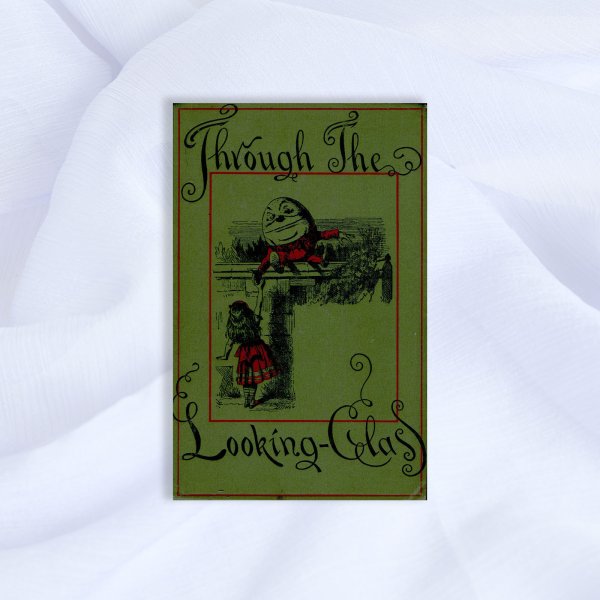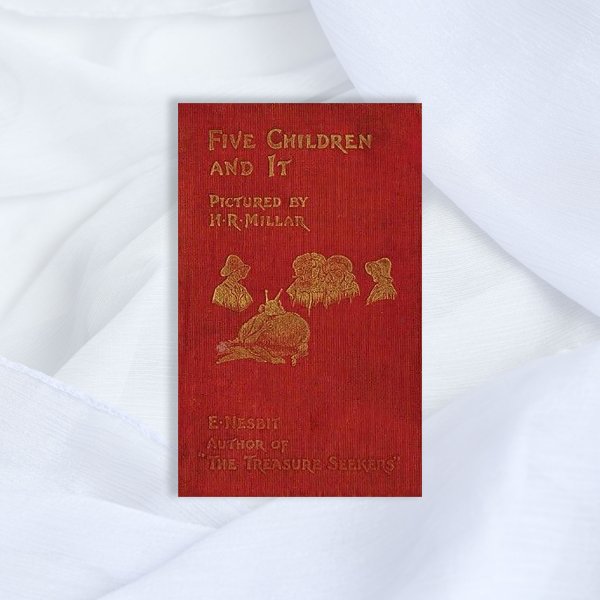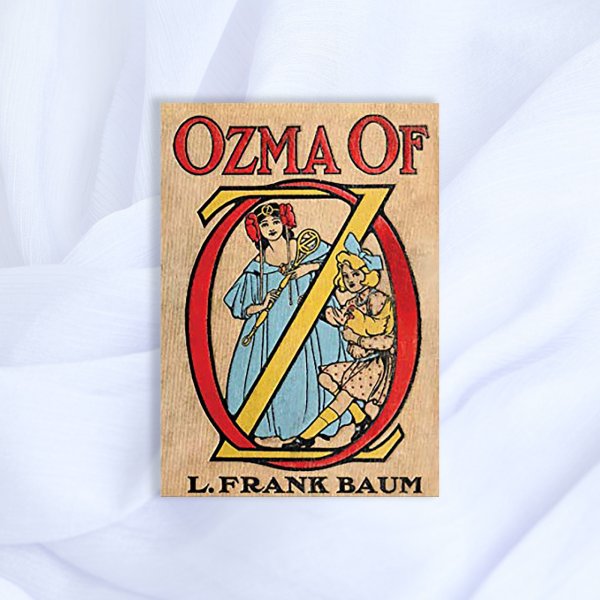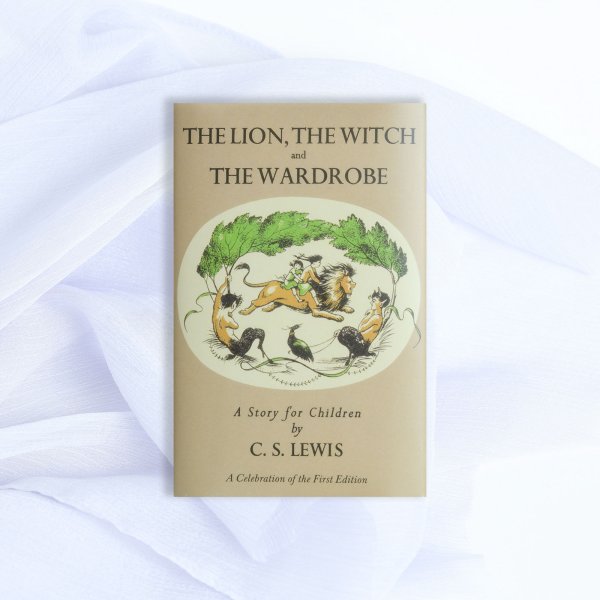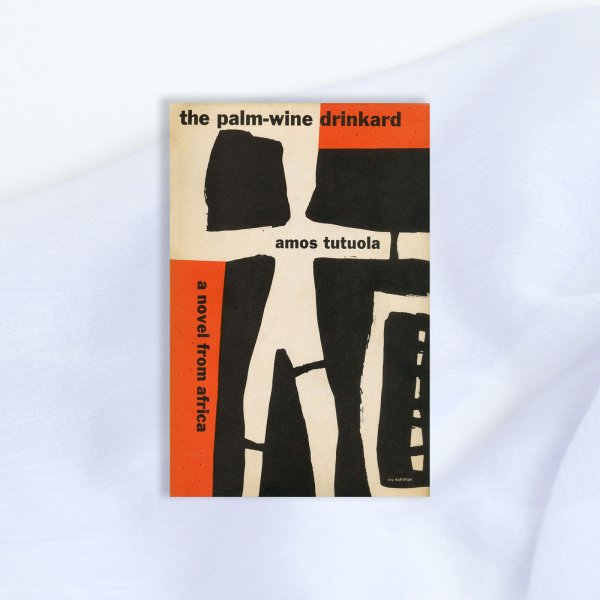More than 150 years after its publication, Lewis Carroll’s masterpiece stands as one of the most celebrated—and fraught—works in the history of literature. The epic tale of a curious girl who falls down a rabbit hole into a magical, tantalizing and terrifying world populated by anthropomorphic animals never ceases to ignite children’s imaginations. Despite the fact that Carroll hadn’t even intended to publish Alice’s adventures, which began as a series of stories he told to a colleague’s three young daughters, the book changed young people’s literature. It helped to replace stiff Victorian didacticism with a looser, sillier, nonsense style that reverberated through the works of language-loving 20th-century authors as different as James Joyce, Douglas Adams and Dr. Seuss. Amid hundreds of derivative works (and that’s a conservative estimate) in mediums ranging from opera to amusement-park rides to video games, Disney’s 1951 animated feature has become a classic unto itself. In the ’60s, the generation that grew up with that film transformed Alice into a countercultural icon, reframing her journey as an allegory for psychedelic exploration. But even sober adults with scant interest in children’s literature can appreciate the book’s wild linguistic experiments. And though the nature of Carroll’s affection for the real Alice has come into question over the years, the story itself remains as clever, precocious and pure of heart as its heroine. —Judy Berman
Buy Now: Alice’s Adventures in Wonderland on Bookshop | Amazon
- Cybersecurity Experts Are Sounding the Alarm on DOGE
- Meet the 2025 Women of the Year
- The Harsh Truth About Disability Inclusion
- Why Do More Young Adults Have Cancer?
- Colman Domingo Leads With Radical Love
- How to Get Better at Doing Things Alone
- Michelle Zauner Stares Down the Darkness

